More than 142 hectares of summer-autumn rice in Hoa Phong, Hoa Nhon, Hoa Tien communes (Hoa Vang district) and Hoa Tho Tay ward (Cam Le district) have been affected by salinity at pumping stations. Units have been actively coordinating with local farmers to overcome salinity, water shortages and restore production in severely damaged fields.
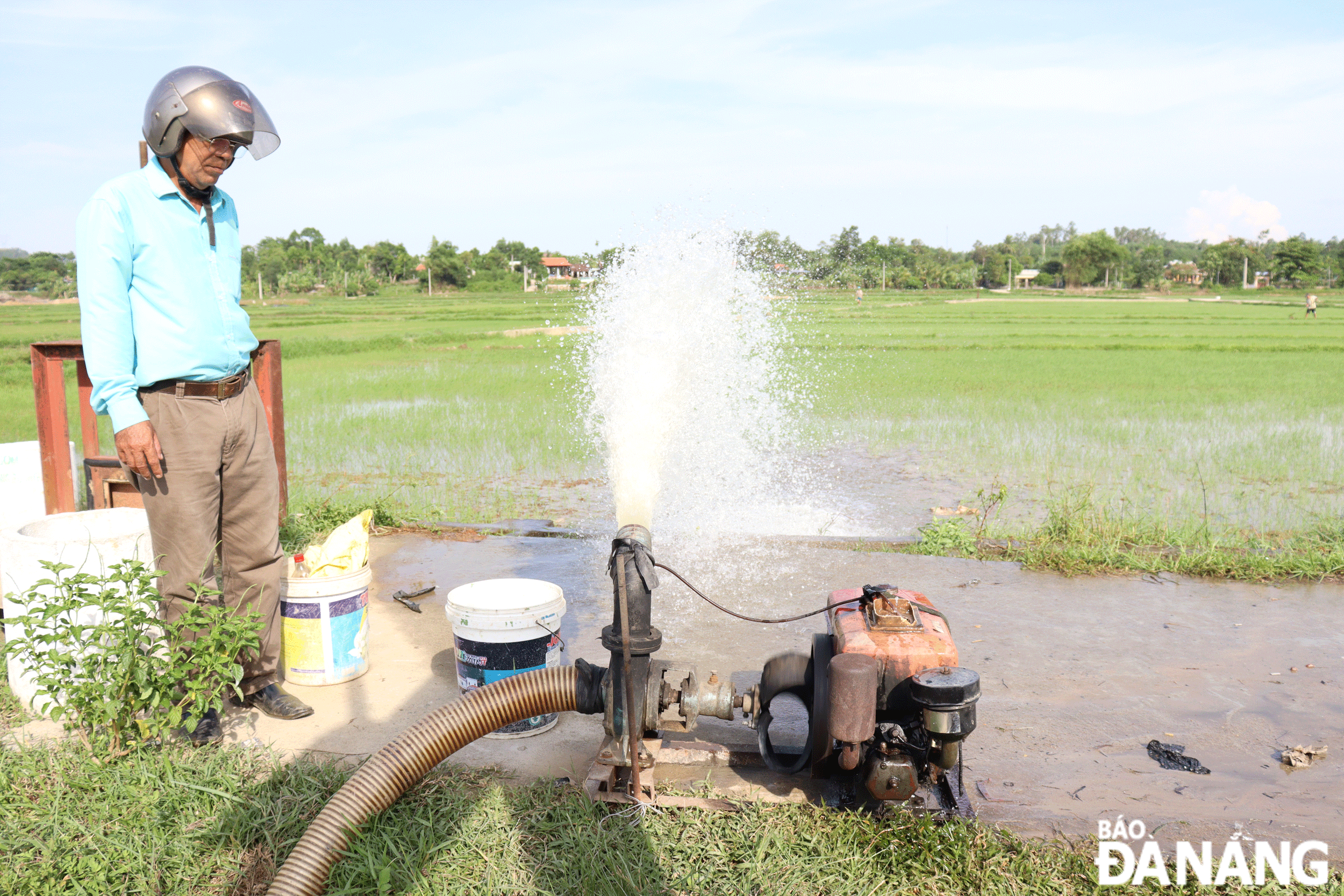 |
| Da Nang Irrigation Exploitation Company Limited is maintaining the operation of drought-fighting pumping stations to increase water supply to rice fields. Photo: HOANG HIEP |
Farmers suffered heavy losses
Tuy Loan pumping station (Hoa Nhon commune, Hoa Vang district) stopped operating from May 30 to the afternoon of June 10 due to the water source of Tuy Loan river being heavily saline, directly affecting many summer-autumn rice fields in Hoa Nhon commune. Da Nang Irrigation Exploitation Company Limited coordinated water sources from pumping stations, bypassed salinity to pump water, built dams and installed anti-drought pumping stations, but up to 40 hectares of rice in Hoa Khuong Dong, Hoa Khuong Tay, Thach Nham Tay, Phu Hoa 1 villages and a small area in Phuoc Thai village (Dua field) did not have enough water for irrigation. Along with that, 26 hectares of rice in Hoa Tho Tay ward (Cam Le district) irrigated by Tuy Loan pumping station were also affected due to the water source of Tuy Loan river upstream of Giang bridge being heavily saline during those 11 days.
In recent days, hydropower reservoir owners in the Vu Gia River basin have discharged water downstream at a higher flow rate than before, combined with thunderstorms and low tides, which have reduced the salinity of river water at pumping stations. At 5:00 p.m. on June 10, immediately after observing that the salinity of Tuy Loan River water upstream of Giang Bridge had dropped below 1.2 ppt (1.2‰), Da Nang Irrigation Exploitation Company Limited immediately operated 4 pumps after 11 days of inactivity. This water source was brought to Truong Loan Lake to mix with lake water to deeply reduce salinity as well as create a source for Truong Loan pumping station to bring water to the fields. Mr. Phan Thanh Tong, Head of Tuy Loan Pumping Station (Da Nang Irrigation Exploitation Company Limited) said: “We continuously monitor the salinity of the river water source to avoid pumping water with too high salinity. Currently, we prioritize supplying water to Dua field (Phuoc Thai village) and Gia, Tria fields (Thach Nham Tay village), other fields in Hoa Nhon commune and fields in groups 5, 6 and 7, Hoa Tho Tay ward”.
According to records on the morning of June 12, in the fields in Hoa Khuong Tay village (Hoa Nhon commune), many rice fields have been irrigated from Tuy Loan pumping station, but many fields are still dry, with cracks on the surface of the fields. Ms. Le Thi Thu Hoa (farmer in Hoa Khuong Tay village) said: "My family sowed 2.3 sao, but because the irrigation water was salty and then dried up for many days, more than 50% of the rice died, the rest is still alive thanks to the rain. Now that the water has returned, people are replanting, adding fertilizer... to help the rice plants recover and grow quickly, but I also hope that the functional units will have solutions to ensure irrigation water so that people can harvest and limit damage."
In Hoa Tho Tay ward, water pumped from Tuy Loan pumping station has flowed into the rice fields, but due to long-term salinity and drought, many rice fields have a rice death rate of 80-90%. Seeing the water coming, many farmers have taken advantage of the opportunity to wash away the salinity to save the living rice fields and replant. Mr. Vo Hai (farmer in group 5, Hoa Tho Tay ward) said: "My family's 2.13 sao of rice fields have a rice death rate of 80-90% due to salinity and drought, causing a loss of nearly 1.5 million VND in seeds, fertilizer, plows and cages. People hope that the authorities will support the damage if they are not allowed to replant due to the delay in the crop schedule or if people are allowed to replant, there will be support for seeds, cages and machine costs...".
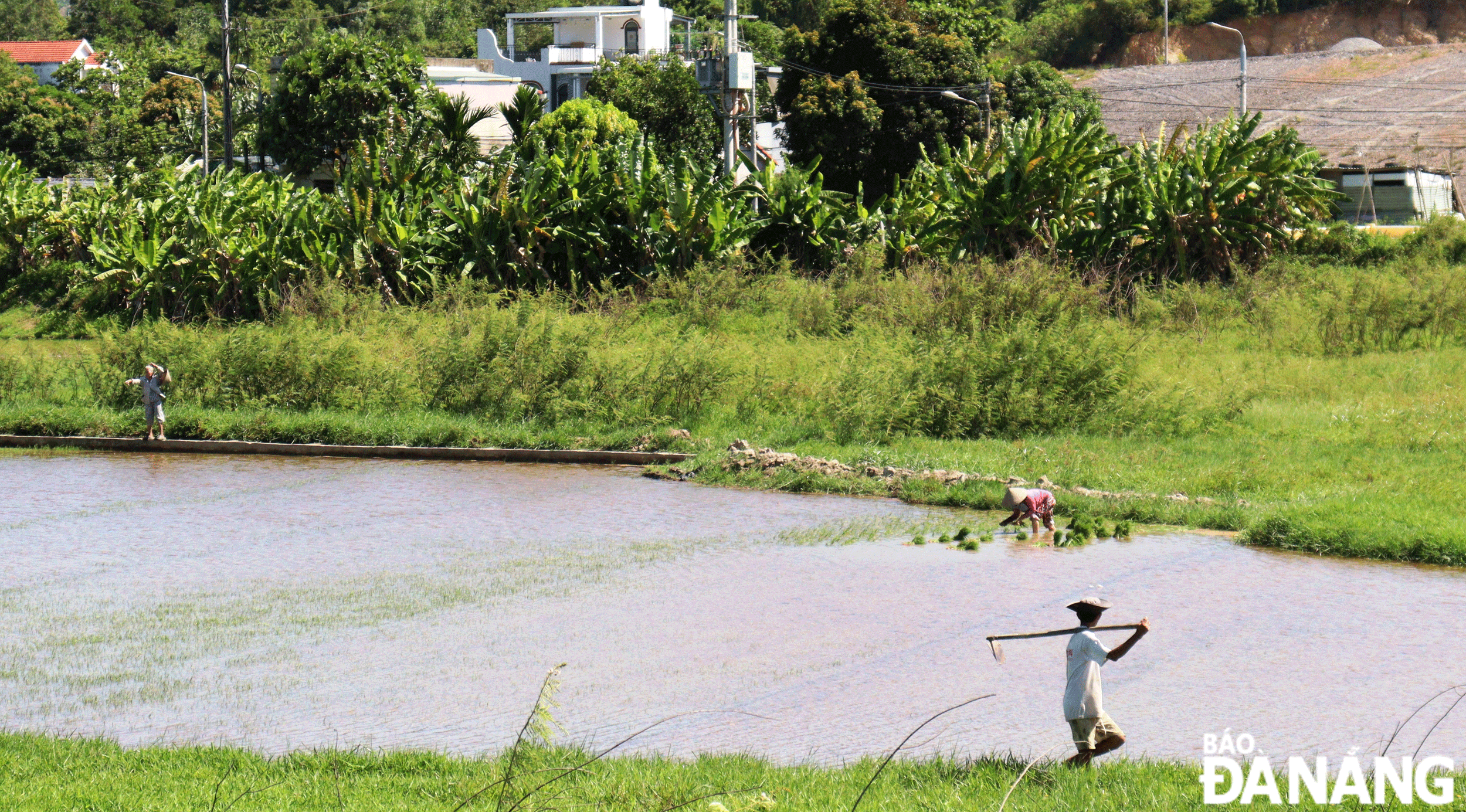 |
| People in Hoa Tho Tay ward (Cam Le district) take advantage of the opportunity to plant more rice. Photo: HOANG HIEP |
Wash with salt 1-2 times then take care or re-seed.
In Hoa Tien commune (Hoa Vang district), Da Nang Irrigation Exploitation Company Limited has implemented many solutions to combat drought and ensure irrigation water for 135 hectares of summer-autumn rice in the irrigation area of Duong Son and Mieu Ong pumping stations. At the same time, water from Dong Nghe lake has been added to mix with water from some pumping stations affected by salinity and create a source for drought-fighting pumping stations in Hoa Phong commune (Hoa Vang district). Mr. Nguyen Sy, Director of Hoa Phong 1 Agricultural Production Service Cooperative, said that currently, the water source at the pumping stations along the Yen River downstream of An Trach dam has reduced salinity, so it has been put back into operation, combined with water from drought-fighting pumping stations installed by local authorities and farmers to ensure irrigation water for rice as well as wash away salinity, reduce salinity in the fields, and restore production. To date, 43 hectares of affected rice have been re-sown due to water shortage and salinity, of which 9 hectares have to be re-sown. Currently, the newly re-sown rice area is growing weakly, so farmers are actively monitoring and caring for it.
According to the Department of Agriculture (Department of Agriculture and Rural Development), the unit has instructed cooperatives and localities on solutions to overcome the summer-autumn rice area affected by salinity and water shortage, especially areas with high rice mortality rates. Accordingly, for areas with 30-100% rice mortality due to salinity, cooperatives and localities encourage farmers to re-sow. Before re-sowing, add fresh water to the field and then drain the water to wash away the salinity 1-2 times. When the salinity is found to be safe (below 1‰), re-sow with short-term rice varieties and ensure the crop schedule. For areas with less than 30% rice mortality due to salinity, add fresh water to soak and then drain the water to wash away the salinity 1-2 times, combined with spraying fertilizer through the leaves to promote rice growth and development, then fertilize and care for normally. The unit also requested the Da Nang Irrigation Exploitation Company Limited and cooperatives to continue monitoring and measuring the salinity of water sources at pumping stations before irrigating rice plants and ensuring irrigation water. For newly re-sown rice areas or in the replanting stage, the unit recommends ensuring the salinity of irrigation water is below 1‰. For rice areas in the rooting, greening and tillering stages, it is recommended to irrigate with water with a salinity of below 2‰.
HOANG HIEP
Source
















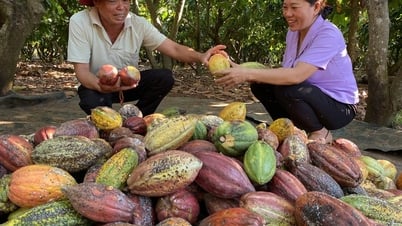



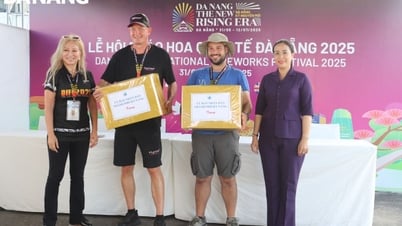


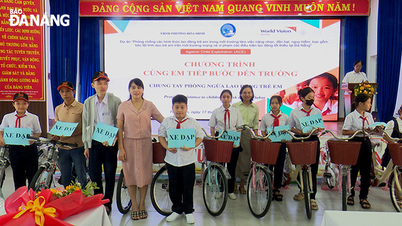
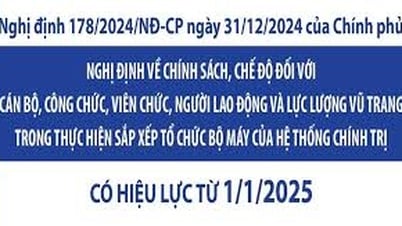

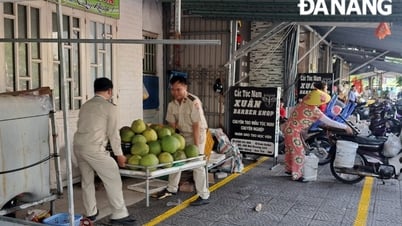








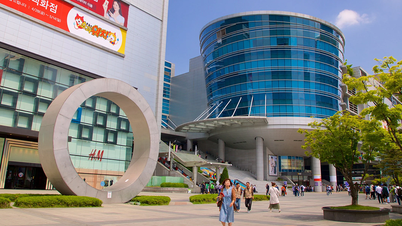

















































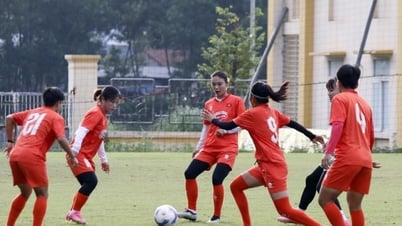
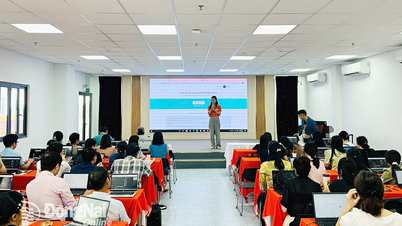

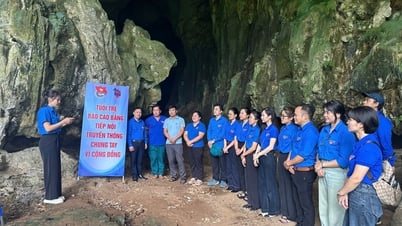



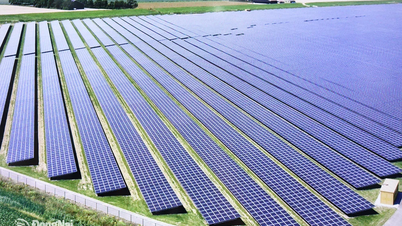













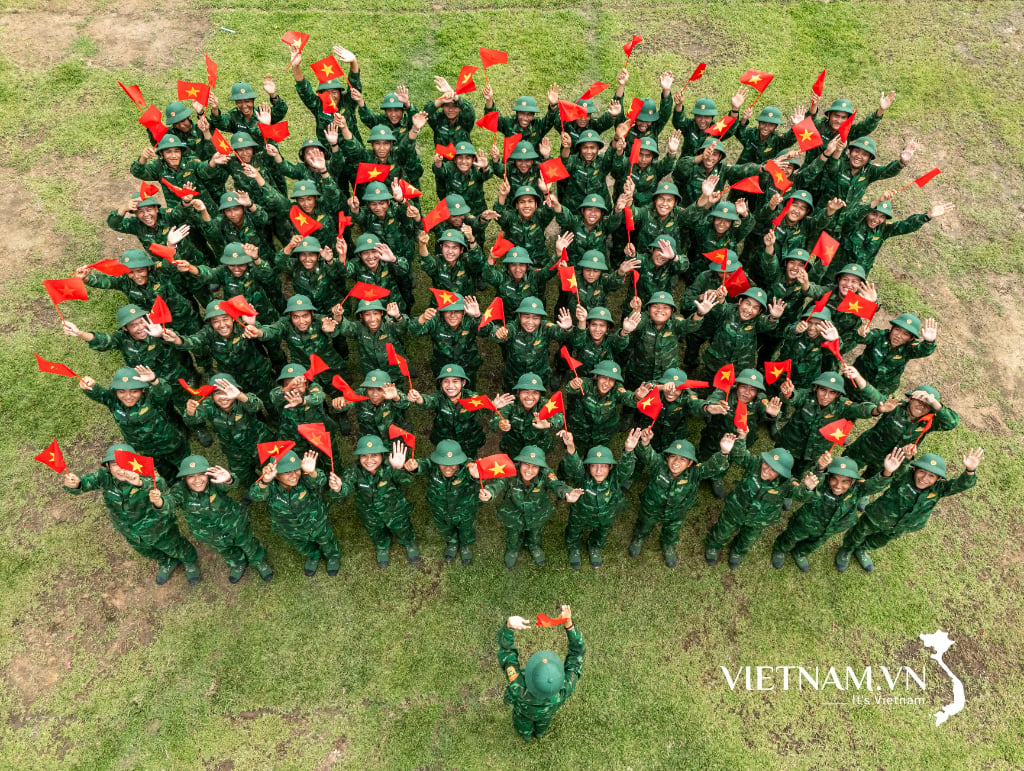

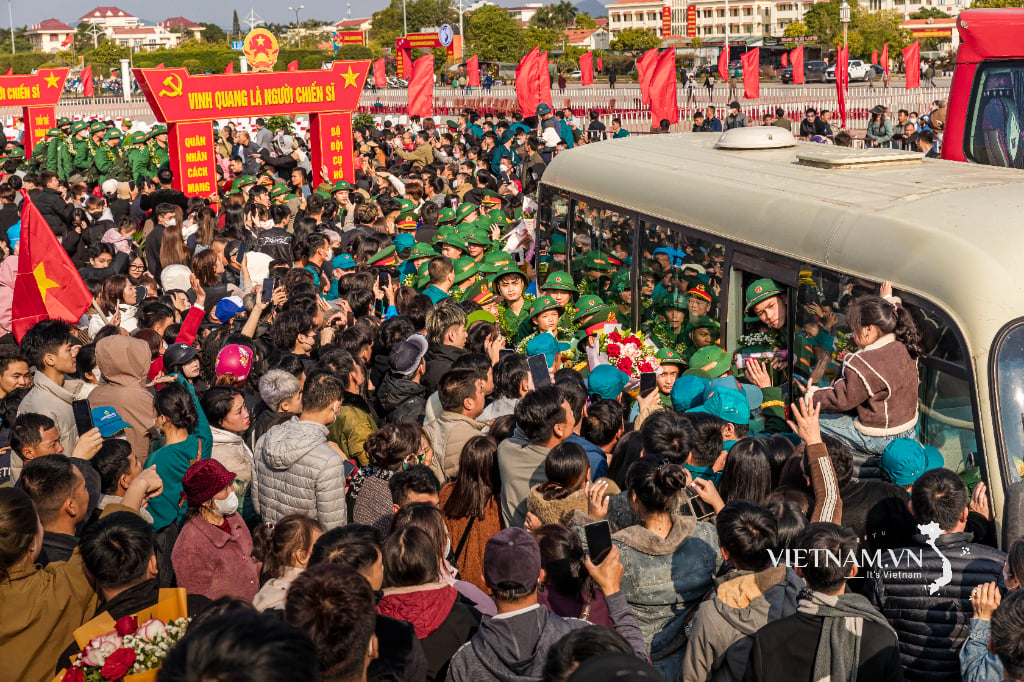
Comment (0)